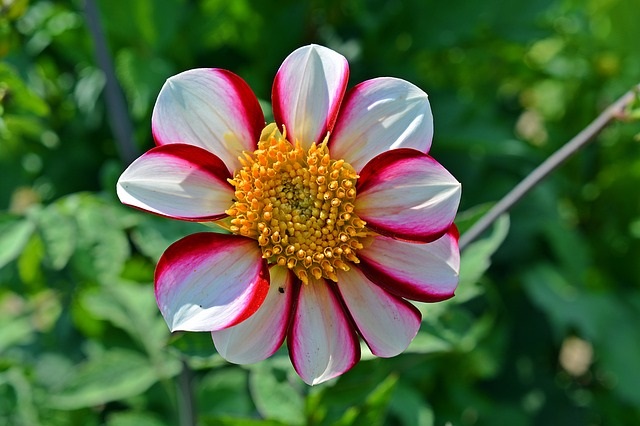
This week, Richard M. Kline, Jr., MD, of The Center for Natural Breast Reconstruction answers your question about breast reconstruction.
Question: Do you have experience replacing silicone implants when a patient is having a reaction to them?
Answer: Thank you for your question.
We have extensive experience replacing implants when patients find them uncomfortable. Most of our experience is with patients who have had mastectomies and reconstruction, but the experience translates to patients who have had cosmetic breast augmentation, as well.
There are many reasons for patients to have problems with implants, some of which we understand, and some of which we probably don’t (yet).
Sometimes the problem can be as simple as the implants have ruptured, and replacing them may solve the problem. While this is very common with older implants (> 25 years old), rupture is much less common with modern gel implants, although it can happen.
Until very recently, breast implants for augmentation were placed exclusively under the pectoralis muscle. We abandoned this approach and started placing implants in front of the muscle (a more anatomically correct location) about three years ago. This is made possible by completely wrapping the implants in Alloderm, which provides strength and padding. Advantages of pre-pectoral (in front of the muscle) placement include less pain, no animation deformity, and a more natural appearance. The primary disadvantage is an increased likelihood of seeing “rippling” in some case. Fat grafting also sometimes necessary to maximize the final appearance. Encouraged by patient acceptance in these cases, we recently starting converting patients with previously placed submuscular implants to pre-pectoral implants. The results thus far, though early, have been very good, with most patients telling us “they feel more like breasts now.”
Of course, not all problems with implants are simply due to submuscular placement. Some people get painful hardening (capsular contracture) regardless of implant position, although the complete Alloderm wrap minimizes the chance of this occurring. Some people just don’t react well to having large foreign objects in them, without being able to narrow down the precise cause further, and these people may not tolerate implants at all. In these situations, if the implants were placed for reconstruction, we have the option of completely removing the implants and replacing them with your own natural tissue taken from your abdomen, buttocks, thighs, etc. This is obviously much more involved than just replacing implants, but the quality of the result is much more natural than an implant reconstruction, and problems after completion of reconstruction are extremely rare..
Any of these techniques could potentially be used for problems after cosmetic breast augmentation, but would involve significant out-of-pocket costs, as insurance will generally not usually cover procedures to correct problems from cosmetic surgery.
I hope this helps some. I would be happy to discuss your situation further with you by phone (1-866-374-2627), or see you in the office whenever convenient.
Have a question about breast reconstruction or post-surgical you’d like answered from our surgical team? Just ask!
















